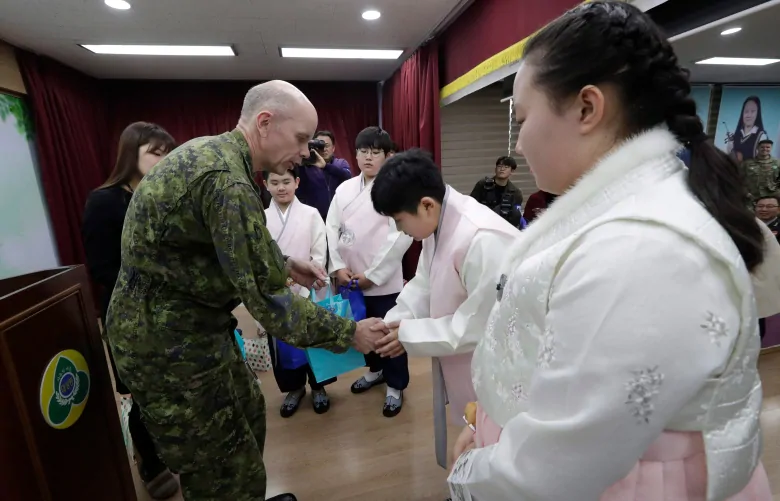Canada needs anti-aircraft tech for the modern battlefield, says army commander

The audacious attack on Saudi Arabia’s Abqaiq refinery and the Khurais oil field last September sent shivers down the spines of some Canadian military planners.
The stunning damage caused by a swarm of drones and cruise missiles — launched either from Iraqi or Iranian territory — proved to be an almost perfect illustration of the kind of vulnerability the Canadian Army faces in the rapidly evolving modern battlefield.
It’s been seven years since the army retired the last of its ground-based air defence systems. By all indications, it will be another eight years before the Department of National Defence acquires a replacement system.
The Liberal government’s defence policy talks about buying new anti-aircraft equipment — and perhaps now anti-drone technology — but the project is still only in what defence officials call the “options analysis” phase.
The commander of Canada’s army said restoring that anti-aircraft defence is one of his top priorities.
“Air defence is right at the top of the pile of stuff I want to get in,” Lt.-Gen. Wayne Eyre told CBC News earlier this month.
“It is a capability shortfall right now. And as you see the emerging threats out there, it is one that concerns me.”
‘An emerging threat’
Eyre, who recently served as deputy commander of the United Nations Command in Korea, described the technology used to attack the Saudi facilities as “an emerging threat” that Canada’s soldiers need to be prepared for, especially “the swarming tactics of unmanned aerial vehicles.”
For more than 15 years, Canadian military planners — hip-deep in fighting a counter-insurgency war in Afghanistan — were unconcerned about updating Cold War-era equipment meant to shoot down low-flying aircraft. The Taliban had no air force.
The last of the Canadian army’s air defence equipment — the Oerlikon Air Defence Anti-Tank System (ADATS) — was retired in 2012 after an aborted attempt to modernize the vehicles. At the time, the federal government under then-prime minister Stephen Harper was cutting $2.1 billion out of the defence budget.
But the threat picture for Canadian soldiers changed dramatically when Russia annexed Crimea in 2014. That event launched a new era of state-to-state tensions — one where Canadian troops again face attack from the air.
At the moment, the Canadian Forces’ solution for deployments — such as the current mission in Latvia — is to pair Canadians with allied forces that have air defence capabilities.
“We do it as part of a coalition to make sure somebody has that capability, but [the threat] is constantly evolving and we need to be on top of that,” said Eyre.
A.I. and the next generation of drones
The use of drones in the Saudi attack — and the prospect of artificial intelligence linking unmanned vehicles into a more lethal swarm in the near future — is not something Canadian military planners were looking at until fairly recently.
“One of the stressors in the security environment is the acceleration of technological change. How do we stay abreast of that?” said Eyre. “How do we get equipment into the hands of our soldiers that is advanced as some of our potential adversaries might be?”
In 2018, the federal government asked the defence industry for suggestions on anti-aircraft systems. According to Canadian Army Today, an independent publication, it got 15 responses.
The purchase is not expected to move forward until the early 2020s, however, and first delivery of a new anti-aircraft system would happen in the 2026-27 budget year at the earliest, said Lt.-Col. Doug MacNair.
The army expects to spend anywhere between $250 million and $499 million on a new system.
The purchase could be controversial. The last time Canada bought an air defence system for the army was in the late 1980s. There was substantial political opposition at the time to the $650 million expenditure.
The grumbling only grew louder following the end of the Cold War because the ADATS only saw only limited deployment — notably to guard the 2002 G8 summit in Kananaskis, Alberta. The system was never used on Balkan peacekeeping operations, nor in Afghanistan.





